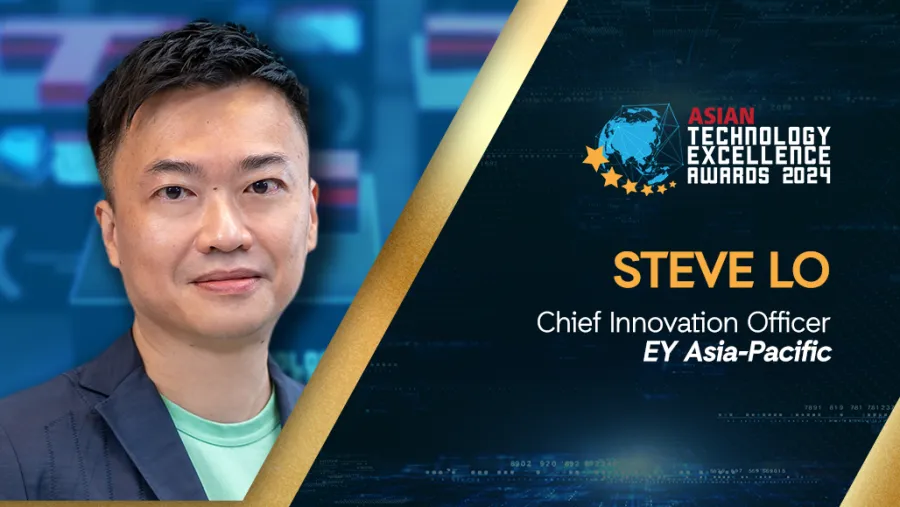
Innovation will thrive if motivated by real desire to create impact for businesses and society – EY’s Steve Lo
The EY Chief Innovation Officer highlighted that technological solutions must be developed with a holistic eye on the value they bring to companies, individuals, and society at large.
Stephen Lo is EY’s current Chief Innovation Officer for Asia Pacific. Having established a team across all geographies and service lines within the region since 2019, he fosters and drives innovation to the company through ideation, incubation, and the adoption of disruptive technologies and business models that deliver sustainable transformational benefits to clients.
As a management and technology consultant, Lo holds over two decades of experience advising global organisations headquartered in Asia, recently in the innovation and globalisation domains. He has been with EY since 2008, fulfilling its mission of establishing the business advisory practice in Asia.
Lo is also a member of the firm's Global Strategic Innovation Group, which oversees and upholds innovation initiatives across EY globally.
As part of the year’s esteemed judges for the Asian Technology Excellence Awards 2024, the EY partner shares his insights on exciting innovation trends in the Asia Pacific region, balancing technology adoption and business sustainability, enhancing the cybersecurity landscape amidst continued digital transformation in businesses, and what is in store for the tech landscape in the coming years.
What are some of the most exciting innovation trends you are currently seeing in the Asia-Pacific region and how do you foresee these trends impacting the global market in the next five to ten years?
Obviously, everyone has been talking about the rapid developments in artificial intelligence (AI), and that is a trend which applies both globally and Asia Pacific (APAC)-wide. In APAC, especially China, there has been a strong emphasis in building robust AI hardware, as well as driving AI software adoption for cost reduction, whilst countries like South Korea have started deploying AI for satellite data analysis in addition to making substantial investments in karge language models (LLM) research and refinement. Compared to the English-dominant LLMs by big global tech giants, we are starting to see a trend towards more localised or geographically-specific AI model development, especially in China, where many Chinese LLMs are already rivalling global industry benchmark models in various performance metrics. On the back of the flourishing advanced AI landscape has been major investment going into semiconductor and chip technology manufacturing, particularly in China, Japan and Korea.
So whilst it is clear that gen AI is getting the limelight, we have seen just as much vibrant, burgeoning developments in areas like advanced robotics and blockchain, with ASEAN and Oceania being the hub for a lot of innovative use cases. There has been a surge in the development of surgical and agricultural robotics, especially in markets with a rapidly ageing population like Japan. One particularly exciting trend is exoskeleton technologies, [such as] made-to-wear devices that could help solve mobility impairment and transform clinical rehabilitation, and whilst this has not gained widespread adoption across Asia-Pacific as a whole, the growing shortage in medical labour coupled with a rising elderly population will create fertile grounds for this kind of technological innovation to gain traction amongst markets. Otherwise, the digital alternative payment landscape in Australia and New Zealand has been flourishing, with e-wallets, peer-to-peer transfers and ‘buy now, pay later’ platforms gaining significant uptake and adoption in an increasingly cashless future.
How do you advise Asian companies to balance the adoption of new technologies with the need for sustainability in business transformation?
When it comes to adopting so-called ‘new,’ emerging technologies like generative AI or blockchain, the biggest cost consideration is often centred on infrastructure and human capital. With advanced AI systems, for instance, organisations need substantial computational power and that implies investment in powerful servers, GPUs, or specialised hardware, not to mention licensing fees for proprietary software systems. Then, putting aside the operational and development costs, there is also the need to hire and train expert employees, and talents in AI, blockchain or other emerging techs tend to come at a premium given how limited the pool is.
This means that companies should take on a long-term, strategic mindset when it comes to new tech adoption, and to understand that doubling down on emerging tech may not yield immediate bottom-line benefits, but is nonetheless crucial for an organisation to unlock outsized commercial and competitive advantages in the future with a solid foundation and robust capabilities, ultimately resulting in significant cost savings from gradually optimised decision making processes, digitalised business workflows, and streamlined service delivery.
Of course, maintaining such technological systems will incur a high level of energy use, so to make this sustainable, companies would benefit from starting to explore partnerships with renewable energy companies, as well as designing more efficient systems that help re-allocate energy sources in ways that enable optimal business operations and the incubation of longer-term technological initiatives.
As data continues to be the lifeblood of digital innovation, what measures do you believe are necessary to enhance data privacy and cybersecurity in Asia?
The topic of data privacy and cybersecurity is an especially complex one in Asia, because unlike, say, the European Union where multiple nations must follow one overarching data privacy legislation [like] the GDPR, the Asia Pacific area is much more dispersed and varied in terms of data awareness, security, capabilities and localisation needs. And whilst I believe that most businesses will already have basic, if not robust, data protection systems and measures like record retention programmes, password protection and data encryption software, amongst others, the rise of emerging technologies like deepfake and quantum computing is creating a much more complex and precarious cybersecurity landscape for companies.
We have already seen more than several serious deepfake scams launched against employees of multinational banks based in Hong Kong, which reinforces how much more challenging it has become to detect malicious agents with data hacking intentions. Where commercial applicability is concerned, quantum computing is still at a relatively nascent stage, but it has formidable potential to pose significant organisational-level cybersecurity risks because advanced quantum systems could break many of the standard cryptographic systems currently deployed by businesses. To guard against this, companies will need to be vigilant and diligent with upgrading their data security infrastructure and software, but just as importantly adopt a ‘prevention is better than cure’ mentality by educating their employees about the ‘unknown unknowns’ of data hacks and breaches that may be totally unprecedented, so that they are knowledgeable and sophisticated enough to spot and fend themselves against data-related attacks in the first place.
Which disruptive technologies do you believe have the most potential to transform businesses in Asia-Pacific?
AI, especially but not limited to generative AI, carries great transformative potential for businesses, particularly in terms of operational efficiency. But, I think the most revolutionary innovations will probably come out of the intersection between AI and other forms of frontier tech, like advanced robotics and Internet of Things (IoT). There is so much administrative work that is already being streamlined by gen AI systems, and with big tech companies racing to develop the most sophisticated large language models virtually every month, I fail to see how most companies can maintain a long-term competitive edge without at least incorporating some elements of gen AI into their operational workflow or service delivery. That is not necessarily to say every company should build their own in-house gen AI platforms or solutions, but their employees should definitely be looking into using gen AI in some way to enhance the productivity or quality of their work. Taking a broader, industry-wide view, I also see a lot of room for growth in AI-augmented manufacturing, supply chain and logistics management, which are already being used at some of the largest automobile and retail conglomerates in South Korea and China.
As the innovation landscape continues to evolve, what changes do you anticipate in the Asia Pacific innovation ecosystem?
The Asia Pacific innovation ecosystem has always been incredibly agile and entrepreneurial, with many innovations coming not out of ‘big tech’ conglomerates, but often from SMEs and sometimes even family businesses with an open-minded, innovation-centric mindset. More APAC governments, like South Korea and various Southeast Asian nations, have started to invest into startup incubation programmes, and of course, there is no shortage of tech talents in China, especially hi-tech and well-resourced commercial hubs like Shenzhen and Shanghai, which all contribute to a dynamic, flourishing innovation landscape.
I think one of the major changes we will see in line with all the organic tech and innovation-related business and talent growth would be the creation of more specific regulatory frameworks, as in the case of blockchain over the past few years. More will come specifically for AI and its complex data-related challenges, from data collection and storage to security and use. Granted, regulation and legislation will vary significantly across APAC countries, but governments are starting to realise just how rapid and advanced emerging technologies are becoming, and with more businesses and individuals gaining access to these technological solutions, there is a concomitant need for top-down guidance and constraints around usage and resourcing, which must be decided at a national, strategic level.
As a judge at the Asian Technology Excellence Awards 2024, what qualities or achievements make a company or technology stand out to you?
It goes without saying that I care strongly about creativity and commercial potential, because these criteria determine how unique — and therefore competitive, as well as how impactful — and therefore profitable a technological company or solution is. Without these two qualities, no offering can survive or thrive in the market. That said, over the years, I have come to appreciate the importance of a third quality that I believe is just as critical for true innovation, and that is accessibility. Is it accessible and applicable to a large, diverse user population? Can people use and benefit from the solution regardless of their socio-economic background? To me, for an innovation to truly stand out, it must be motivated by a humanistic desire to solve problems for many, and not just by a commercial imperative to create advantages for a few. That is not to say a solution must be ultra-scalable like Google search or satisfy the needs of every person, but it needs to be borne out of a mission that seeks to create real impact for others despite their financial capability or privileges.











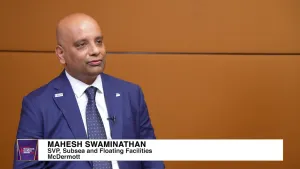
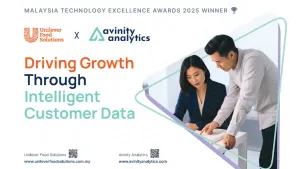
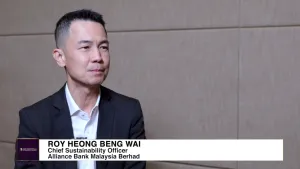
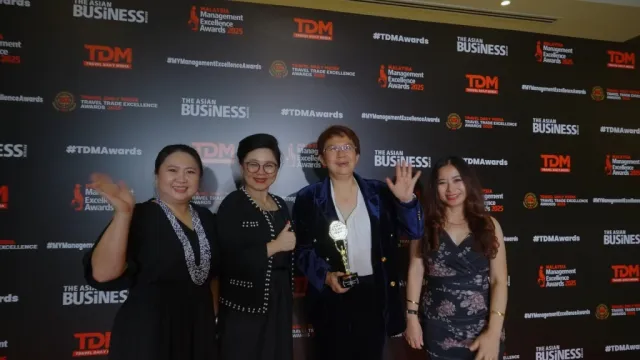

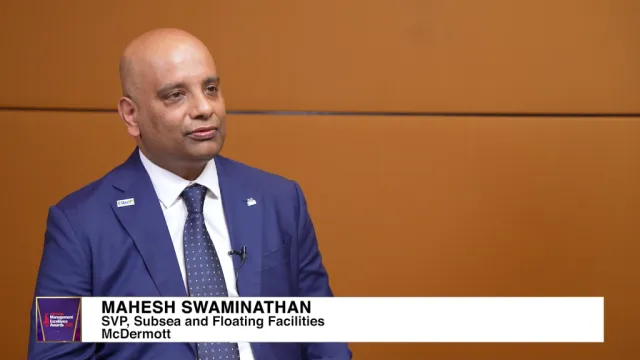


 Advertise
Advertise








